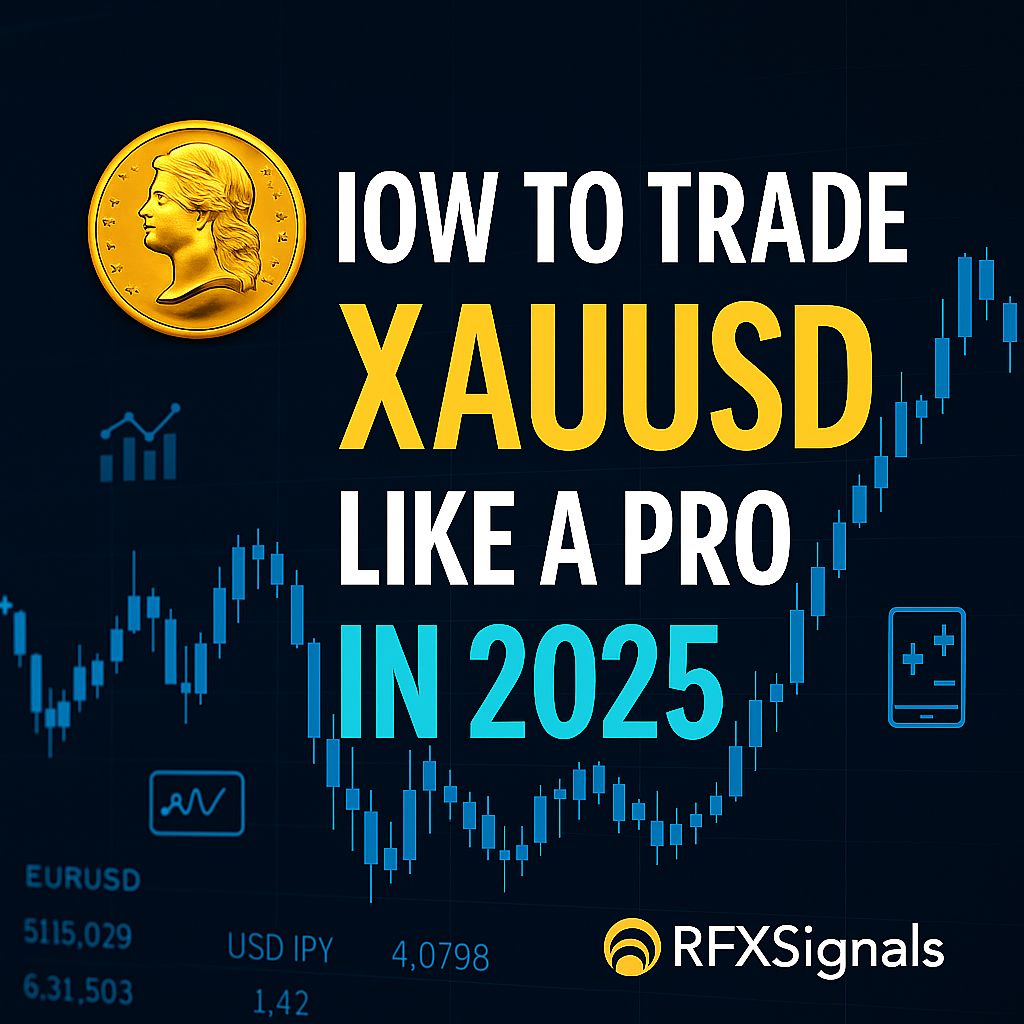Forex Risk Management in 2025: Protecting Your Capital in a Fast-Moving Market
Trading forex in 2025 is more exciting—and riskier—than ever before. With more than $7.5 trillion changing hands every day, opportunities are everywhere. But here’s the hard truth: no matter how good your strategy is, you won’t survive without risk management.
Markets are evolving. Central banks are unpredictable, AI algorithms are driving price swings, and geopolitical shocks can turn a winning trade into a disaster in minutes. This is why risk management in forex isn’t optional—it’s survival.
This guide will show you how to protect your capital in 2025 while still leaving room for growth.
Why Risk Management Matters More Than Ever
In previous years, traders could sometimes rely on slower-moving markets. But in 2025, volatility has become the new normal. Consider:
- AI and algorithms dominate price action – Machines trade in milliseconds, creating sharp spikes.
- Interest rate policies remain uncertain – The Fed, ECB, and BoJ are shifting frequently.
- Global events shake markets instantly – Wars, trade disputes, and oil shocks hit forex faster than equities.
Without risk management, these conditions can wipe out an account overnight. With it, you can stay in the game long enough to profit.
The Psychology of Risk in Forex Trading
Risk management isn’t just numbers—it’s about mindset. Traders often fail not because their strategy is bad, but because their emotions override discipline.
- Fear makes traders cut winners too early.
- Greed makes them double down on losing trades.
- Overconfidence leads to oversized positions.
The best traders in 2025 are not those with the flashiest setups. They are those who know how to manage risk and keep emotions in check.
Golden Rules of Forex Risk Management
Here are the timeless principles that every successful trader follows:
- Never risk more than 1–2% of your account per trade.
If you have a $10,000 account, risk no more than $100–$200 per trade. - Always use a stop-loss.
A trade without a stop-loss is a ticking time bomb. - Set a risk/reward ratio of at least 1:2.
For every $1 risked, aim to make $2 or more. - Diversify positions.
Don’t put all your capital into EUR/USD or gold—spread exposure. - Respect leverage.
High leverage can multiply profits but also destroy accounts. In 2025, most brokers offer 1:500 or more—use it carefully.
Practical Tools & Techniques for 2025
Risk management today is more advanced thanks to technology. Let’s break down the tools every trader should master.
1. Position Sizing
Position sizing is the cornerstone of risk control.
Formula for lot size:
Account Risk = Account Balance × Risk %
Lot Size = (Account Risk ÷ Stop Loss in pips) ÷ Pip Value
Example: With $10,000, 1% risk, 50-pip stop, and pip value of $10 → lot size = 0.2.
Tools like position size calculators make this instant.
2. Stop Loss & Take Profit Placement
In 2025, volatility means lazy stop-loss placement is deadly. Instead:
- Place SL beyond technical levels (support/resistance, ATR ranges).
- Adjust TP dynamically based on market structure, not fixed pips.
- Consider trailing stops for trending markets.
3. Diversification Across Pairs
Don’t risk everything on correlated trades. Example:
- Long EUR/USD + Long GBP/USD = double risk against USD.
- Better diversification: EUR/USD + USD/JPY + XAU/USD.
Use correlation calculators (available in MT4/MT5 plugins or web tools) to spread exposure.
4. Equity Trailing Stops
One of the best modern tools. Instead of individual SLs, you set a global account-level SL.
Example: If your account grows from $10,000 to $12,000, you can lock $11,000 as your “floor.” Even if trades crash, you keep profits.
5. Hedging Strategies
In 2025, hedging remains powerful for advanced traders:
- Hedge EUR/USD long with USD/CHF short.
- Use gold (XAU/USD) as a hedge against USD positions.
- Run hedge EAs that balance baskets of trades when floating loss hits a threshold.
Hedging prevents account wipeouts during sudden reversals.
Common Mistakes Traders Still Make in 2025
Even with all the tools available, many traders fail because they:
- Trade without a plan.
- Risk too much on a single trade.
- Refuse to take small losses and let them grow.
- Over-leverage accounts chasing “quick profits.”
- Copy signals blindly without applying personal risk control.
Remember: A good strategy can fail with bad risk management. But a mediocre strategy can still succeed with excellent risk control.
How to Build a Personal Risk Management Plan
Here’s a simple framework you can implement today:
- Define risk tolerance: Decide your max risk per trade and per day.
- Choose position size rules: Always calculate lot size before entry.
- Set stop-loss strategy: Fixed % risk or technical level based.
- Plan drawdown control: Decide how much total drawdown you can tolerate (e.g., 20%).
- Journal every trade: Record entry, exit, SL, TP, and reason for trade.
A risk plan doesn’t just protect your money—it builds confidence.
Final Thoughts
Forex in 2025 is a battlefield of AI algorithms, geopolitical shocks, and endless volatility. But traders who respect risk can not only survive—they can thrive.
Remember:
- Risk management is your insurance policy.
- It’s not about winning every trade—it’s about protecting capital long-term.
- Discipline beats strategy without discipline.
The traders who last are those who treat their capital like oxygen. Lose it, and the game ends. Protect it, and opportunities never stop coming.












